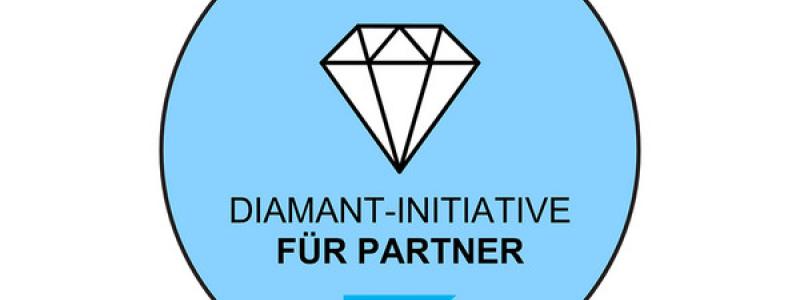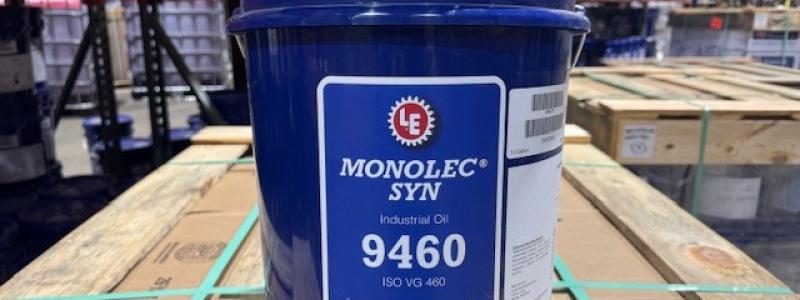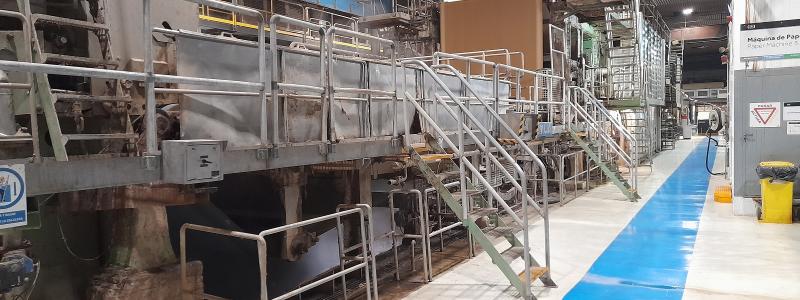Softwood log imports to China picked up in March to the highest level in 12 months. The total import volume for the first quarter of 2016 was just over 7 million m3, which was about 2% higher than in the 1Q/15, as reported in the Wood Resource Quarterly. With declining log inventories at the Chinese ports (about 40% lower this year than the same time last year), and an uptick in demand for wood in the domestic market, importation of logs has been trending upward since last fall when import volumes were the lowest in almost three years.
The real estate market in China has been strong so far in 2016, and the sector has been the fastest-growing sector in a relatively shaky economy. Newly built houses in the largest cities in March were up almost 30% as compared to the same month of 2015. Although China does not use as much wood per housing start as is the case in North America, Europe or in Japan, there are still large volumes of wood consumed, particularly lumber for concrete forming.
New Zealand and Russia continue to be the major suppliers of logs to China, together accounting for almost 70% of all imports. In the 4Q/15 and 1Q/16, New Zealand fell behind Russia after having been the major supply source for almost three years. Perhaps the most interesting development the past few years has been Australia’s increased presence in the Chinese log market. In three years, Australia has increased its log shipments almost three-fold to China and the country now has a ten percent market share, equal to that of the US. Over the past three years, Australian logs have consistently been at the low-end of the cost curve with the 1Q/16 CIF average prices being slightly lower than for Russian logs and 12% below the average price for imported logs.
China has not only consumed more logs in early 2016, but lumber demand has also gone up. Importation of softwood lumber from the two largest supplying countries, Russia and Canada, were 32% and 18% respectively, higher the first quarter of 2016 as compared to the same quarter in 2015.



































































